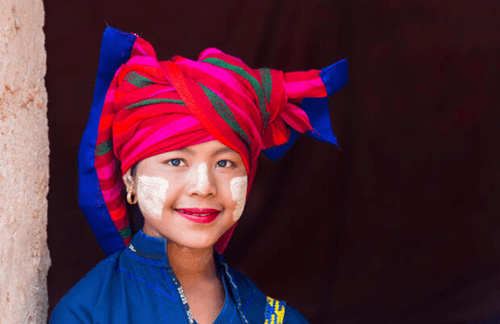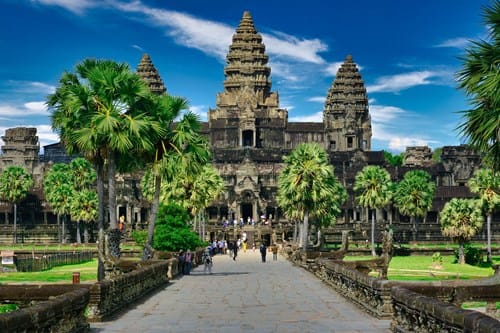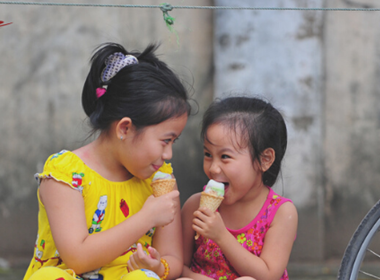From its impressive golden palaces to its rich traditions, age-old religious practices and most especially the beauty of its natural landscapes, Myanmar is a wonderful ancient land that enchants travelers. For a deeper immersion in its culture, we suggest you discover its “Gaung Baung”, or traditional Burmese turban, highlighting the authentic heritage of the country.
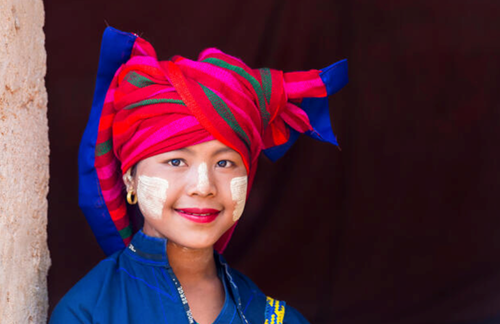
“Gaung Baung”, which means “headgear” in Burmese, is a traditional headdress that is part of the typical dress of many ethnic groups still living in Myanmar today. In particular, it is commonly worn by most Buddhist ethnic tribes.
Design
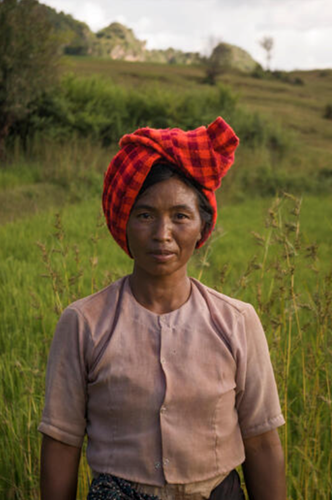
The “Gaung Baung” is a fabric rolled on a rattan or wicker frame. Usually made of silk or cotton, the cloth is placed on the head by first winding it clockwise, ending with the tip of the cloth on the left side. However the tip of the cloth can also be on the right, this being the main distinguishing feature between ethnic groups.
Generally, the older versions had a cloth measuring 1.2 to 1.5 meters long, but later evolved with it reaching a length of 20 to 30 cm in modern times.
The “Gaung Baung”, being a ceremonial headdress, is always intended for embellishment. Depending on the wealth and social rank of the people, the color and material may vary.
Types
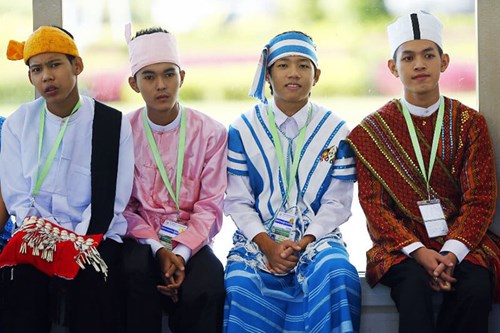
The colors and materials of the headdress differ by ethnic group. Examples include:
– Burmese (in general) and the “Mon” tribe: wear it in yellow, white, gray or off-white, and made of silk or cotton.
– The “Arakanese” tribe: wear it in pink.
– The “Shan” tribe: wear it in off-white, beige or a light brown color, made of cotton, called “pin”, the characteristic garment of the Shan people.
Function
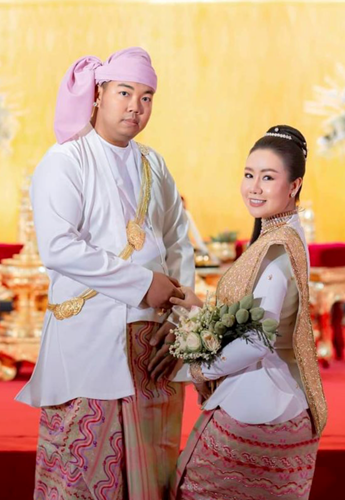
Although its design is unique compared to its neighboring countries, it does have the same function as other typical hats in Southeast Asia. In colonial times, these silk turbans, called “B.A. Gaung Baung”, were mostly worn during graduation ceremonies.
Also a symbol of social status, it is still part of the traditional dress often worn at official ceremonies and weddings. Today, the “Gaung Baung” continues to celebrate Myanmar’s cultural diversity, honoring the ethnic groups that preserve the nation’s deeply rooted authentic customs.
